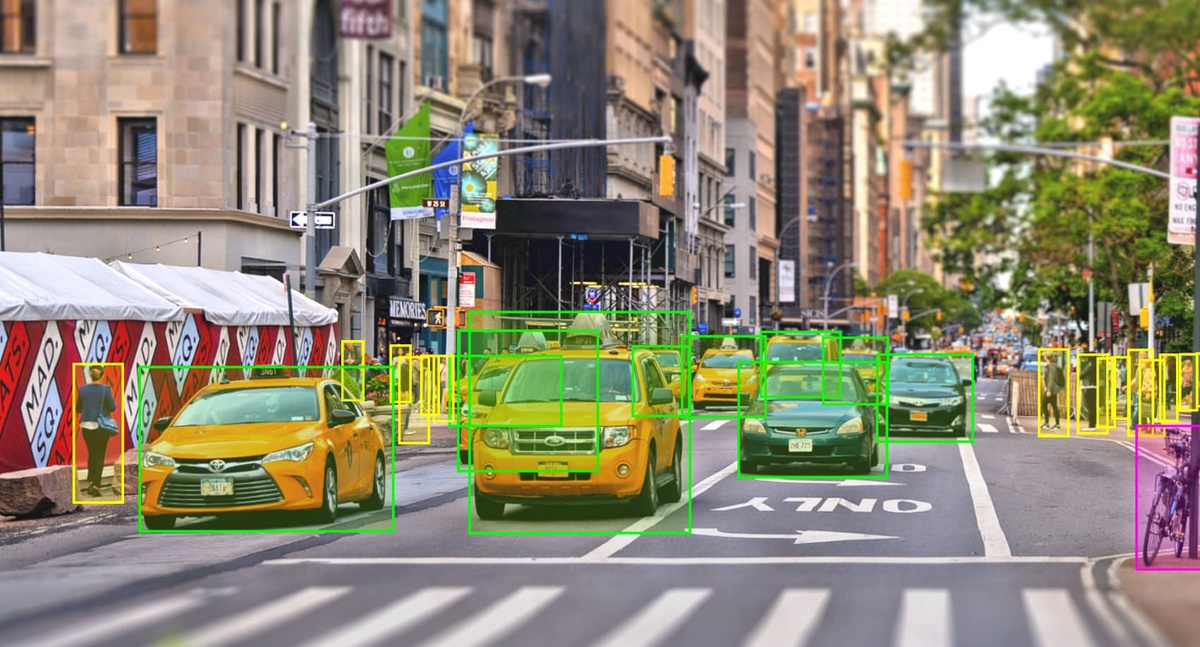In the realm of machine learning, the accuracy and reliability of models hinge on the quality of annotated data. Data annotation technologies play a pivotal role in transforming raw data into a structured, labeled format, providing the necessary foundation for training robust and effective machine learning models. In this exploration, we'll delve into the key data annotation technologies shaping the landscape of AI and contributing to breakthroughs in various industries.
1. Image Annotation Technologies:
a. Bounding Boxes:
- Definition: Outlining specific objects within images with rectangular or square bounding boxes.
- Applications: Object detection, facial recognition, and localization tasks.
b. Semantic Segmentation:
- Definition: Assigning pixel-level labels to each part of an image.
- Applications: Medical image analysis, autonomous vehicles, and scene understanding.
c. Landmark Annotation:
- Definition: Identifying and marking key points or landmarks on objects within images.
- Applications: Facial recognition, pose estimation, and character animation.
2. Text Annotation Technologies:
a. Named Entity Recognition (NER):
- Definition: Identifying and classifying entities such as names, locations, and organizations within text.
- Applications: Information extraction, chatbots, and language understanding.
b. Sentiment Analysis:
- Definition: Analyzing and categorizing text based on sentiment (positive, negative, or neutral).
- Applications: Customer feedback analysis, social media monitoring, and brand reputation management.
c. Text Classification:
- Definition: Categorizing text into predefined classes or categories.
- Applications: Document categorization, spam filtering, and content recommendation.
3. Video Annotation Technologies:
a. Object Tracking:
- Definition: Tracing and following the movement of objects within video sequences.
- Applications: Surveillance, action recognition, and video summarization.
b. Activity Recognition:
- Definition: Labeling specific actions or activities within videos.
- Applications: Human behavior analysis, sports analytics, and video content indexing.
The Evolution of Data Annotation Technologies:
As machine learning continues to advance, so too do data annotation technologies. Emerging trends include:
a. Automated Annotation Tools:
- Incorporating machine learning algorithms to automate repetitive annotation tasks, reducing manual effort and increasing efficiency.
b. Active Learning:
- Implementing algorithms that dynamically select the most informative data for annotation, optimizing the learning process.
c. Federated Learning:
- Enabling models to be trained across decentralized devices without exchanging raw data, preserving privacy while improving performance.
Challenges and Future Outlook:
While data annotation technologies have revolutionized machine learning, challenges such as ensuring annotation consistency, addressing biases, and scaling annotation processes persist. Looking forward, advancements in AI and increased collaboration among researchers, annotators, and industry stakeholders promise exciting developments in the field of data annotation.
In conclusion, data annotation technologies serve as the backbone of machine learning, enabling the creation of models that can navigate and understand the complexities of real-world data. As the AI landscape continues to evolve, staying abreast of the latest advancements in data annotation technologies is essential for harnessing the true potential of machine learning across diverse applications and industries.


No comments yet